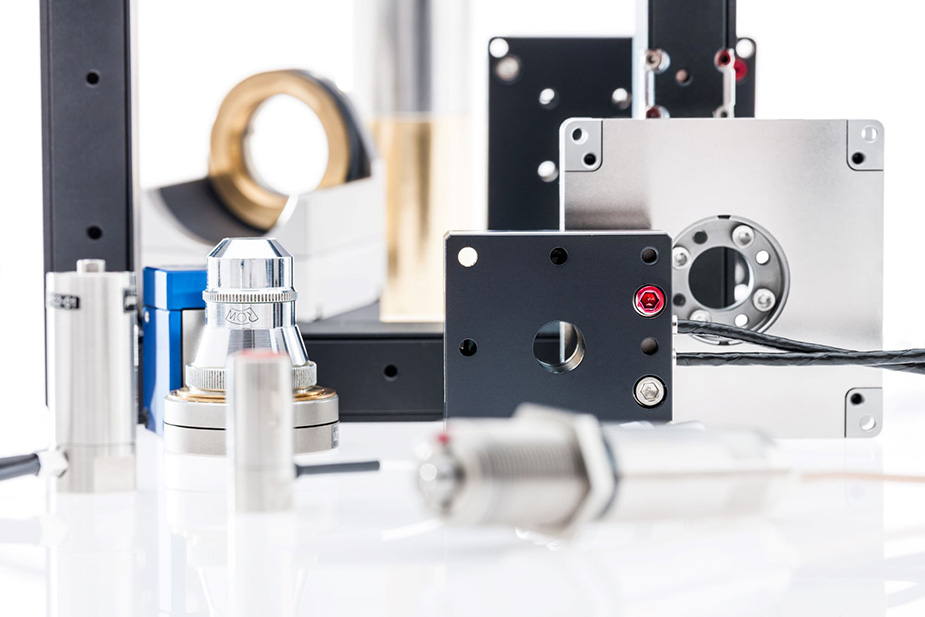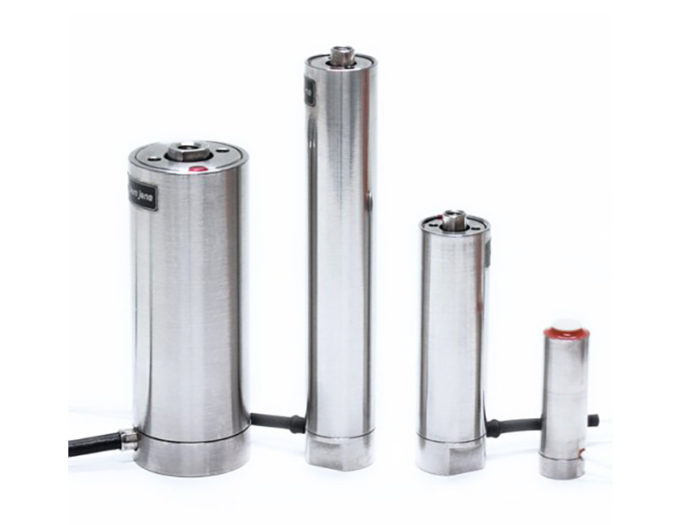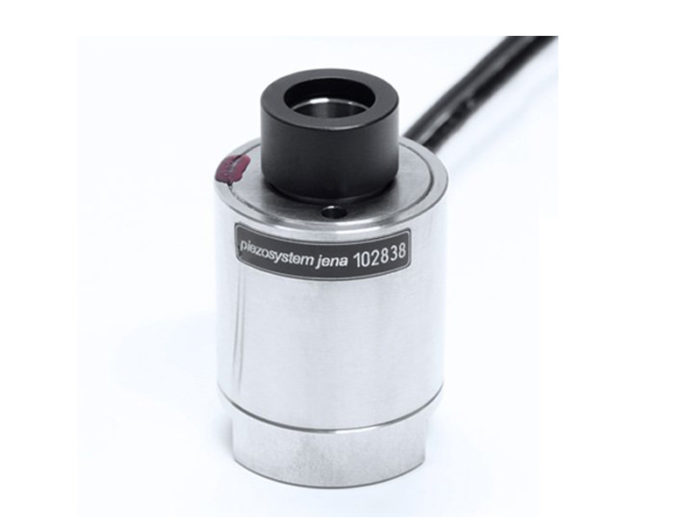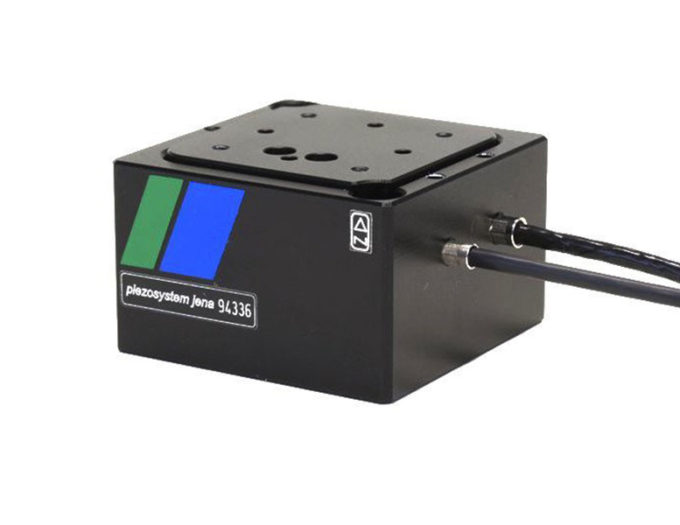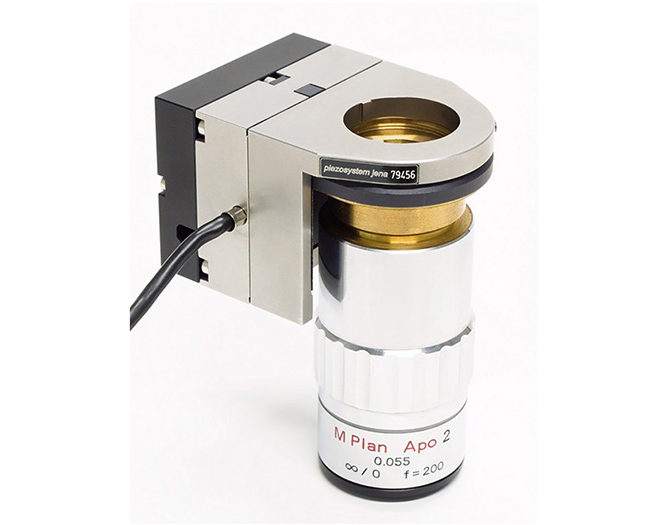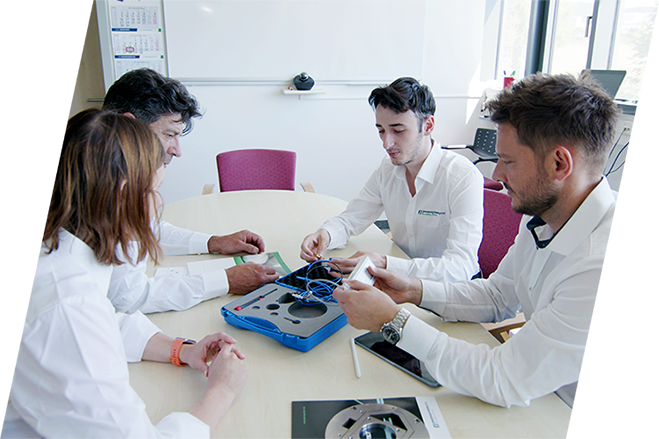13. High Power Piezos
Traditional piezoelectric actuators are built by stacking ceramic layers with internal metal electrodes between each layer, and then sintering this “stack” together. This is called “monolithic cofiring”. This design results in a stack that is by nature dynamic and stiff featuring fast response times and relatively high force production compared to their size and energy consumption. However, their main focus has traditionally been on nano positioning, as their controllability benefits far out-weighed their dynamic capabilities typically limited to < 10kHz and < 4kN of force generation.
Hpower high voltage piezoelectric actuators take the dynamic and force properties a step further to provide actuators that can operate with the same level of precision, but provide much higher operating speeds and deliver much greater forces. This is done by using a different manner of construction in which individual pre-sintered discs are stacked together with inserted electrodes made from separate thin metal foils. This stack is then fixed together using a special high-quality adhesive. This type of construction is why these actuators are sometimes referred to as “piezo-composites”. With this design, hpower actuators achieve a much higher stiffness with a decreased capacitance, allowing for force generation of up to 50 kN of force, and operate at frequencies over 50 kHz.
This is a powerful combination for applications such as:
- Precision positioning of heavy loads and heavy manufacturing machine components
- Vibration generation
- Acoustical and structural excitation
- Hydraulic pumps
- MEMS characterization and accelerated lifecycle testing
Piezo Principles Topics
- 2) Design
- 10) Electronics
- 14) Piezo Shakers
